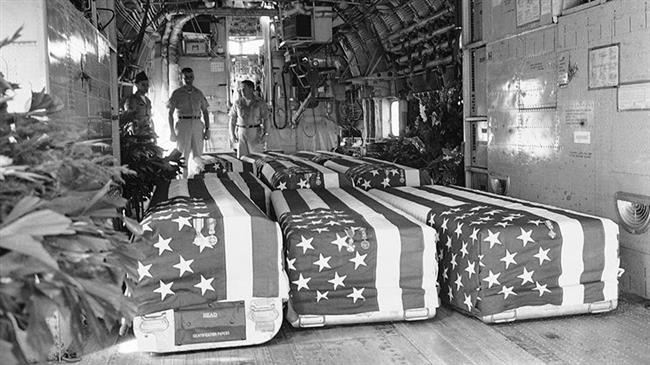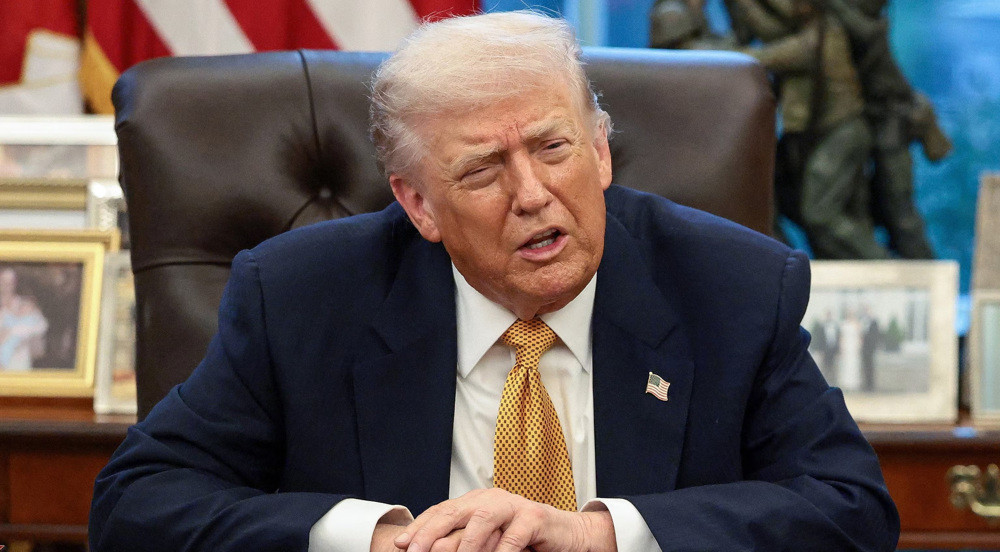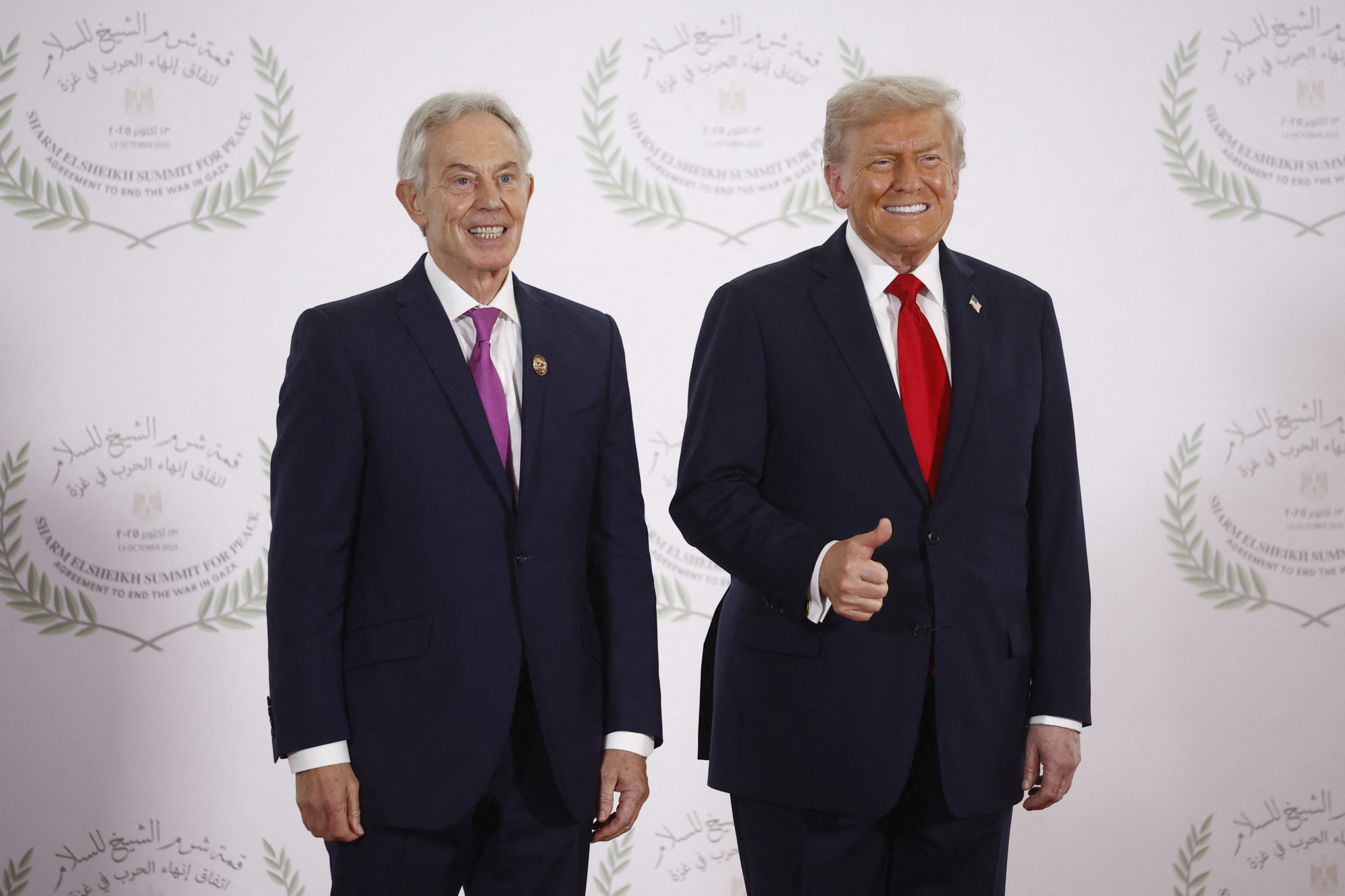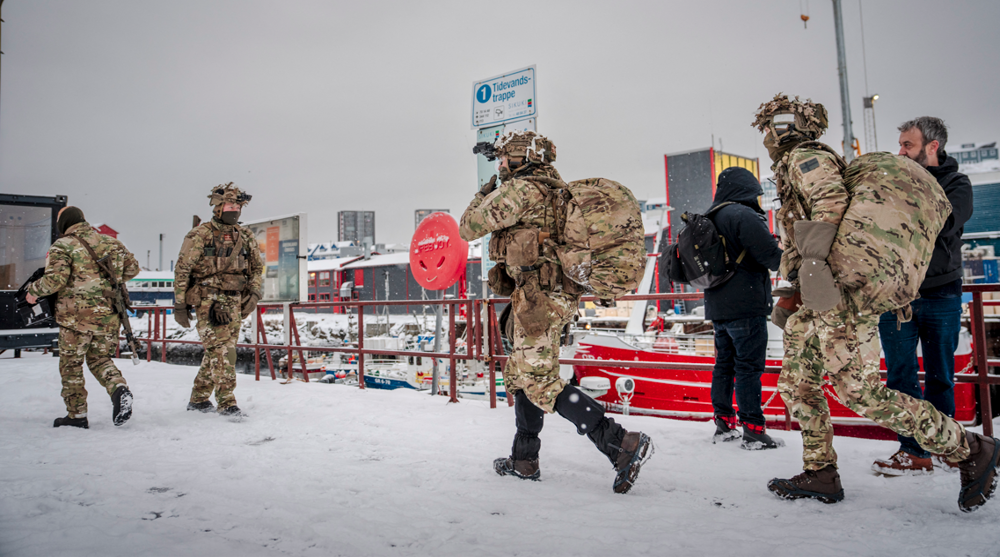Vietnam War: The US still hasn’t learned its lessons
By Yuram Abdullah Weiler
April 30, 2020 marks the 45th anniversary of the fall of Saigon and ignominious end to the war on Vietnam waged by the United States. The twofold lesson from that imperialistic escapade should have been first, respect other nation’s sovereignty, and second, never, ever wage war against popular movements. Unfortunately, Washington has not only failed to learn from its murderous mistakes, but also continues to support other would-be hegemons in their unwinnable wars against people’s uprisings, as is the case with Saudi Arabia in its brutal war on Yemen.
April 30, 1975 saw the United States under the leadership of Gerald Ford who had ascended to the presidency after Richard Milhous Nixon resigned in disgrace over the Watergate scandal during the previous August. The world was different then; the former Soviet Union, always framed as a menace by US war planners, and while actually involved in a perpetual game of catchup with the Pentagon, the nation was at least a counterweight against the American imperial juggernaut. For all his manifold sins, Nixon was responsible for the Strategic Arms Limitation Talks (SALT) Agreement, signed in May 1972, restoring warmer relations with China, which led to Soviet acceptance of détente, negotiating the Paris Peace Accords in 1973, ending the decade-long US war in Vietnam.
Ford felt obligated to continue the policies initiated by Nixon, whom he pardoned in September 1974, but having no experience in foreign policy he depended upon guidance from his chief of staff, none other than Donald Rumsfeld, whose deputies were Dick Cheney and Frank Carlucci, all of whom were paranoid over any possible reduction in military spending or arms agreements with Russia. Meanwhile, the US-supported forces of South Vietnam began to crumble before the Vietnamese Communist resistance, so South Vietnamese President Nguyen Van Thieu called upon the inexperienced president to immediately dispatch US military forces to prop up his regime as Nixon had promised in a secret letter. The warmongers led by Rumsfeld and Cheney were eager and ready to renew combat operations in Vietnam, but the US Congress refused to fund their imperial adventurism.
As a result, Saigon fell, not with a great battle, but with a whimper when the North Vietnamese forces seized the city on April 30, 1975. Two weeks earlier having witnessed the collapse of the Thieu regime in South Vietnam, Ford had said, “I am absolutely convinced if Congress made $722 million in military assistance available by the time I asked—or sometime shortly thereafter—the South Vietnamese could stabilize the military situation in Vietnam today.” Secretary of Defense James Schlesinger, disenchanted by the US defeat conceded that he felt “the world no longer regarded American military power as awesome.”
But rather than concluding that the US should curtail its imperialistic ambitions and allow the people of other countries to determine their own fate and form of government, America’s hawkish leaders concluded that global dominance by military force was not the problem; it was just the way such jingoistic national behavior was presented to the world. New York Times international correspondent C.L. Sulzberger summarized this ill-conceived conclusion, pointing out, “There must be something seriously wrong with the way we [Americans] present ourselves these days.”
In the years from 1965 to 1973, the US military dropped 2.8 million tons of bombs on more than 100,000 targets along with 19 million gallons of herbicide in Vietnam. The result was some 3.8 million Vietnamese killed, 9,000 out of 15,000 villages in the south leveled, and unexploded ordnance scattered about. How could any rational being categorize such wanton and senseless destruction as being a problem of presentation? And yes, some 58,000 American invaders were killed as well by Vietnamese forces that were courageously defending their homes, families and country; a number, which is a little less than the number of American deaths due to the current coronavirus pandemic.
A mere two years after the American campaign of mass destruction in Vietnam, the American container ship, the SS Mayaguez, which was owned by Sea-land and under contract to the US Navy, ventured too closely to the Cambodian island of Koh Tang , and was detained by naval forces of the Khmer Rouge. According to accounts, the sailors on the Mayaguez were well treated by the Cambodians. A crew member reported that they were greeted courteously with a handshake by a man who spoke English and given food and sleeping accommodations. Ford seized upon the incident, which he referred to as an act of piracy.
Bypassing Congress upon urging by Rumsfeld, he ordered US warplanes to bomb Cambodian ships, striking the boat upon which the 38 Mayaguez sailors were being ferried to Tang Island. After the sailors were released two days later, Ford ordered a marine invasion of the island, which led to around 66 American casualties as a result of Cambodian resistance, plus 23 others who died in a helicopter crash before arriving to the combat zone. Predictably, mainstream columnists cheered Ford’s efforts for successfully defending the US against charges of being a “paper tiger.” Equally unsurprising was the fact that US representatives and senators, who had been critical of the war in Vietnam, came together in a bipartisan show of support, stating, “Let no nation read the events in Indochina as the failure of the American will.”
Rumsfeld, Cheney, Carlucci and their cabal of belligerent compatriots took the US defeat in Vietnam personally and vowed revenge, however, they would have to wait until they took full control of the US war machine under the administration of George W. Bush to fulfill their fanatical fantasies. Author James Carroll observed, “What they all had in common was a hunger for martial dominance that was born of the failure of Vietnam.” It was not until 2003 that these ruthless rogues, along with Richard Perle and Paul Wolfowitz, managed to fulfill their sinister aspirations to reestablish the awesome regard for US military might by means of a “shock and awe” preemptive invasion and destruction of Iraq.
In 1990, the US still suffered from the Vietnam syndrome, but Saddam provided an opportunity for President George H.W. Bush to find a cure. On August 2, 1990, the Iraqi dictator invaded Kuwait, causing the nervous Saudi royals to ask for military assistance from Washington. Interestingly, Osama Bin Laden advised Saudi King Fahd not to allow American soldiers in the country, offering instead to defend the country with his battle-hardened Afghan Mujahedin, but the king declined. This incident initiated a chain of events that led to the September 11, 2001 terror attacks on New York’s World Trade Center and the Pentagon.
With Saudi blessing, Bush amassed over 500,000 American troops in Saudi Arabia, beginning six weeks of aerial bombardment on Iraq on January 17, 1991. The ground invasion began on February 24 and within four days a ceasefire agreement was signed at Safwan. “The ghosts of Vietnam have been laid to rest beneath the sands of the Arabian desert,” proclaimed an exuberant Bush. The Persian Gulf war, claiming only 158 US deaths and less than two months in duration, was heralded as a stunning martial success. Bush exulted, “By God, we’ve kicked the Vietnam syndrome once and for all!”
The 9/11 terror attacks gave America an excuse to test the veracity of Bush’s declaration. On October 7, 2001, the US attacked Afghanistan and quickly toppled the Taliban regime, but soon began to see the ghosts of Vietnam resurrect themselves. The sought-after decisive victory vanished when, after being pinned down in the caves at Tora Bora, Bin Laden and supporters eluded US forces and managed to escape.
It is ironic that the US is still mired in Afghanistan some 17 years later, especially since Washington backed the Afghan Mujahedin in the 1980s to give the former Soviet Union its own “Vietnam.” Apparently, the US has not yet learned the lessons it should have from nearly half a century ago when Saigon fell on April 30, 1975.
As if all this imperial idiocy was not enough, the US president has now "instructed the United States Navy to shoot down and destroy any and all Iranian gunboats if they harass our [US] ships at sea."
Hyper hawk John Bolton even claimed, "The repeated dangerous & provocative behavior by Iran’s navy against US ships on the [Persian] Gulf is unacceptable." Never mind that the US ships are engaging in provocative maneuvers in the Persian Gulf, some 7,000 miles from US shores, close to Iranian territorial waters.
Can anyone imagine what would happen if an Iranian flotilla would attempt to engage in military exercises in the Gulf of Mexico?
Yuram Abdullah Weiler is a former engineer educated in mathematics turned writer and political critic who has written dozens of articles on Islam, social justice, economics, and politics focusing mainly on the Middle East and US policies. His work has appeared on Tehran Times, Mehr News, Press TV, Iran Daily, IRIB, Fars News, Palestine Chronicle, Salem-News, Khabar Online, Imam Reza Network, Habilian Association, Shiite News, Countercurrents, Uruknet, Turkish Weekly, American Herald Tribune and Hezbollah. In addition, he has frequently appeared as a guest commentator on Press TV, Al Etejah, and Alalam. A dissenting voice from the “Belly of the Beast”, he currently lives in Las Cruces, New Mexico USA.
Weiler wrote this article for Press TV website.
Iran condemns Argentina’s unfounded accusations against IRGC
VIDEO | Fighting British state
Pezeshkian calls recent riots in Iran part of ‘failed’ US-Israeli war
VIDEO | Iran unity nullifies sedition
UK ‘preemptively’ discharges pro-Palestine hunger strikers recovering in hospital
US dollar falls in Iran amid rising export currency supply
Trump’s ‘Board of Peace’ for Gaza an extension of Israeli occupation: Ex-UN rights chief
IMF expects Iran’s economy to grow by 1.1% in 2026











 This makes it easy to access the Press TV website
This makes it easy to access the Press TV website